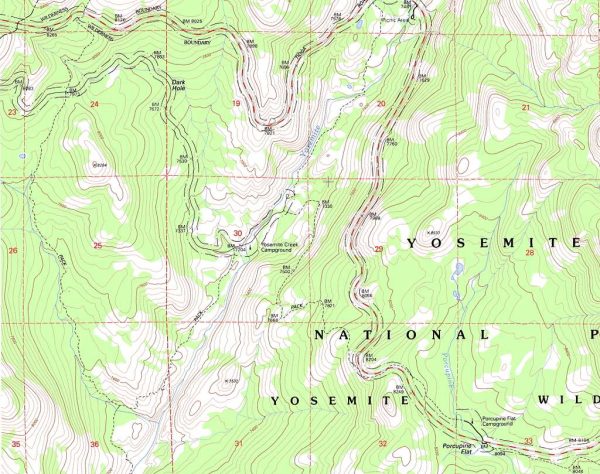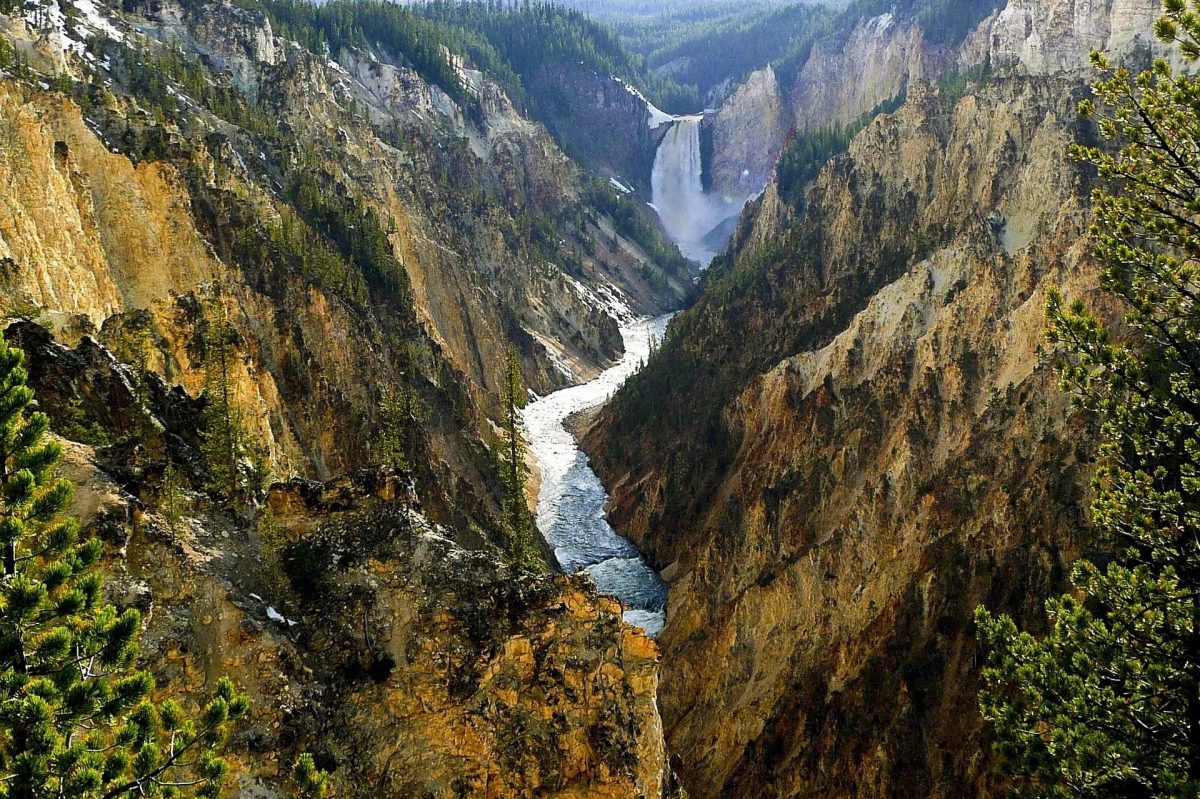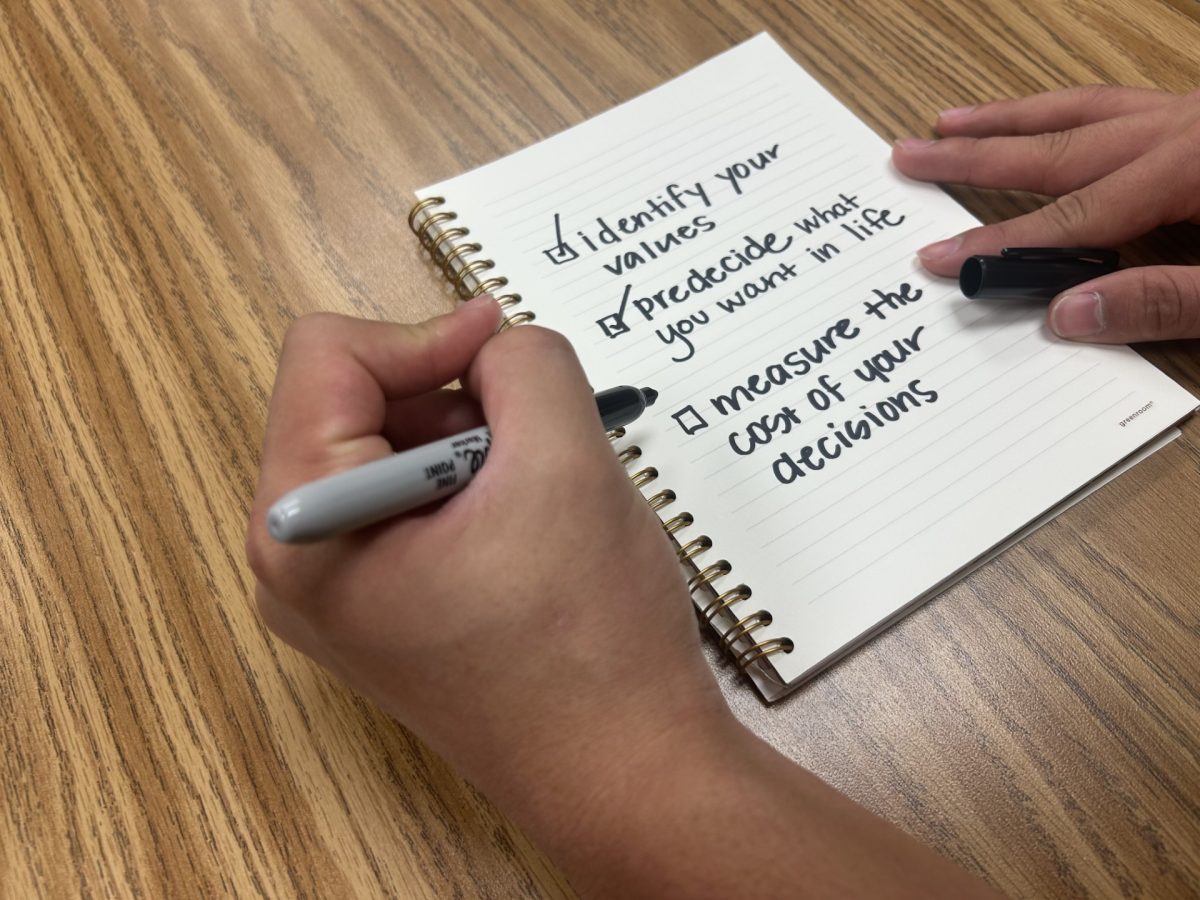In 2024, a record-breaking 331.9 million visitors traveled to the 63 national parks that span the U.S. Showcasing the diverse, wild beauty of the American landscape, national parks give travelers an intimate view of America and its wildlife, protected and preserved by the government and park rangers.
Following the increase in industrialization and the use of automobiles in the nineteenth century, a movement emerged aiming to preserve America’s natural beauty. According to the National Park Service, Yellowstone was established as the world’s first national park following the Yellowstone National Park Protection Act of 1872. The act set aside more than 2 million acres of public land to be “dedicated and set apart as a public park or pleasuring-ground for the benefit and enjoyment of the people,” according to The National Park Service.
34 years later, under the influence of President Theodore Roosevelt, the Antiquities Act was signed into law, giving presidents the authority to preserve historical structures and landmarks. By August of 1916, the National Park Service was established in order to oversee the current 35 national parks and monuments. Park rangers were hired with the responsibility of fire-fighting and animal control, among many other tasks essential to the upkeep of these precious lands.
Due to public push to preserve the American wild, the Wilderness Act of 1964 was signed, providing government protection for wilderness areas across the country. The National Park Service defines wilderness as “…an area where the earth and its community of life are untrammeled by man, where man himself is a visitor who does not remain…”. This act provided nature-loving Americans, as well as tourists, with the ability to better enjoy the American landscape and further fuel preservation movements.
As the 20th century dragged on, national seashores, lakeshores and recreation areas began to span the country. In 2025, there are now 63 national parks along with 803 respected wilderness areas, covering approximately 112 million acres of the U.S in total.
While generally enjoyed and supported by the public, these parks do not exist without controversy. When national parks are established, they often strip traditional lands and hunting grounds from Indigenous people. While the government has worked to return the grounds to their people, the cultural damage remains evident in the memories of those affected. Large mining or oil companies also advocate against parks, arguing that the land would be better used for its natural resources, such as lumber or fossil fuel extraction. Keeping America’s priceless land safe from those who strive to take from it for a profit is becoming increasingly important. Many parks constantly experience underfunding, which leads to chronic staffing shortages and large numbers of needed repairs and maintenance. Recent budget cuts put into place by the Trump Administration increased pre-existing pressures on parks; 1 billion dollars is planned to be cut from the National Park Service in 2026, the agency’s largest budget cut in history. As a direct effect, there are 16.5% fewer park employees compared to 2023, according to the National Parks Conservation Association. If action is not taken to reinstate the parks with their resources and staff, they could become stretched too thin.

National parks and sites provide learning grounds for visitors, educating them about America’s nature and history. Closures can inhibit travelers from experiencing the beauty and significance of these parks or monuments. More than education is at stake here. The cultural significance of these locations holds strong in many hearts across the nation. Yosemite Valley is the home of an Indigenous group called the Southern Sierra Miwok people, who are recognized as the first inhabitants of the area that would later be named Yosemite National Park. While they were pushed out of the area when the park was created, the tribe and the National Park Service have since worked together to rebuild a village, called the Indian Village of Ahwahnee, for use by the Miwok people for gatherings and ceremonies. Yosemite also recognizes the land as their sacred ancestral homeland and provides educational information regarding the tribe in their visitor center and around the park.
However, the importance of national parks extends beyond their history and cultural significance. National parks emphasize the Americans who strive to be adventurous and explore the extravagant landscape of their country. In a world that is becoming increasingly indoors, national parks remind Americans, and visitors from around the globe, to not only take time to enjoy the beauty of nature but also respect and preserve the earth for generations to come.










